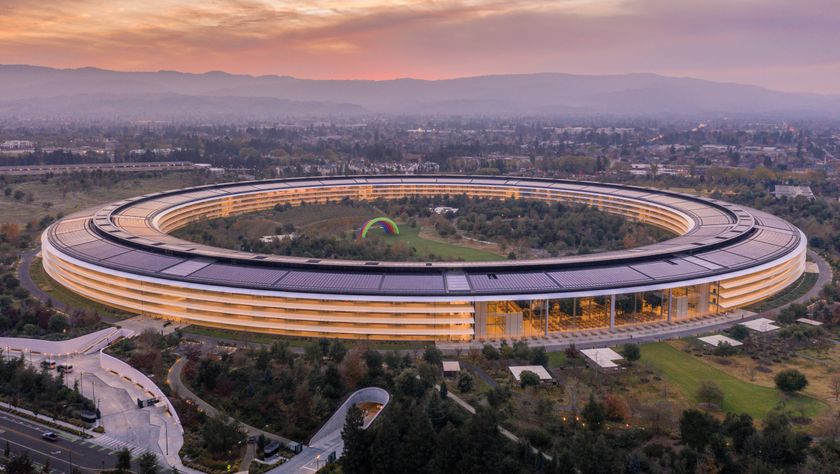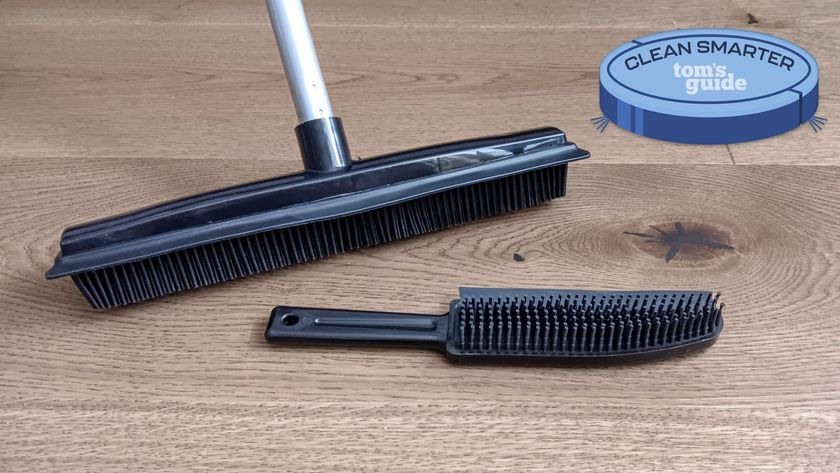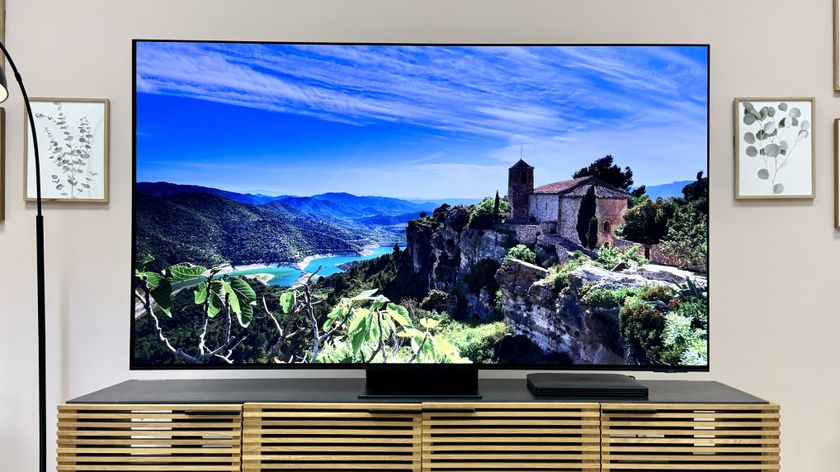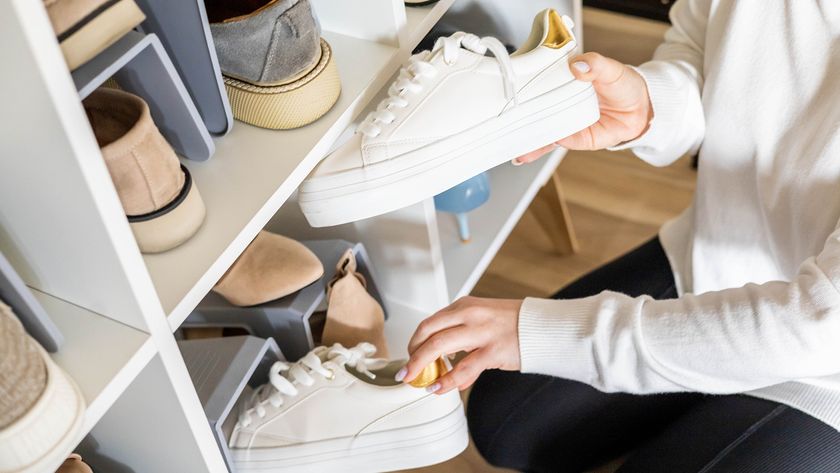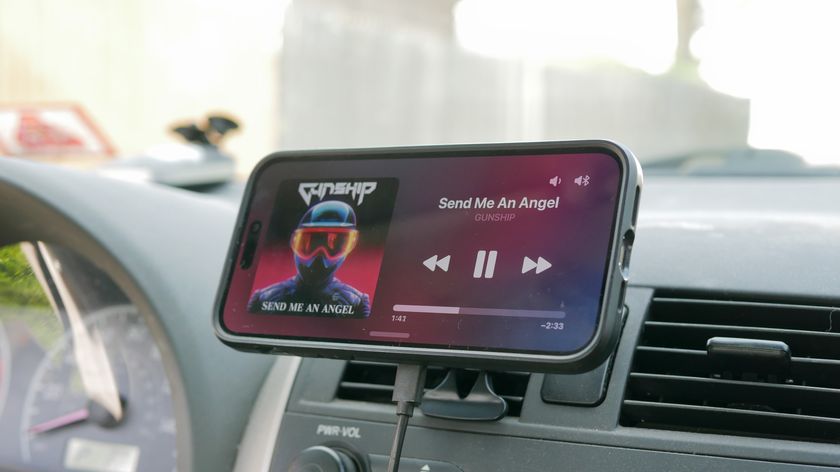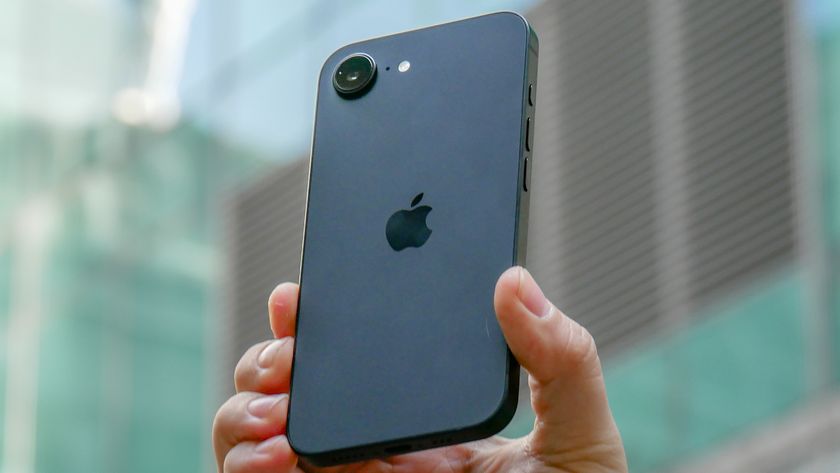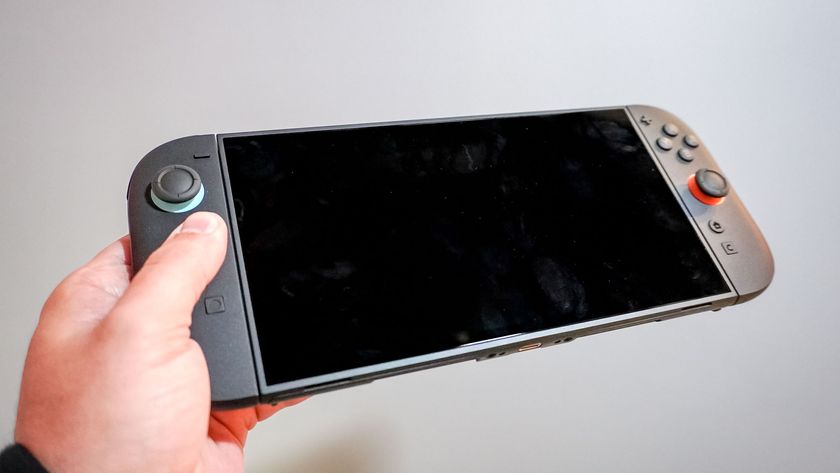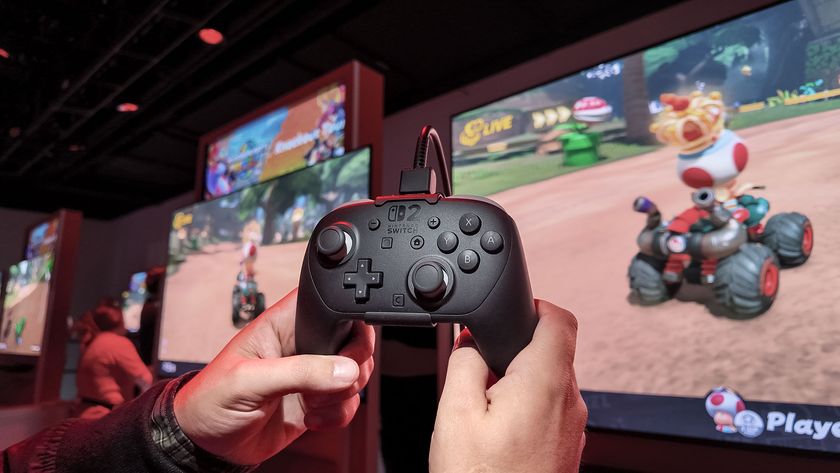Looking for a camera phone? Here's the specs you should concentrate on
Focus on these camera specs if you want great mobile photos
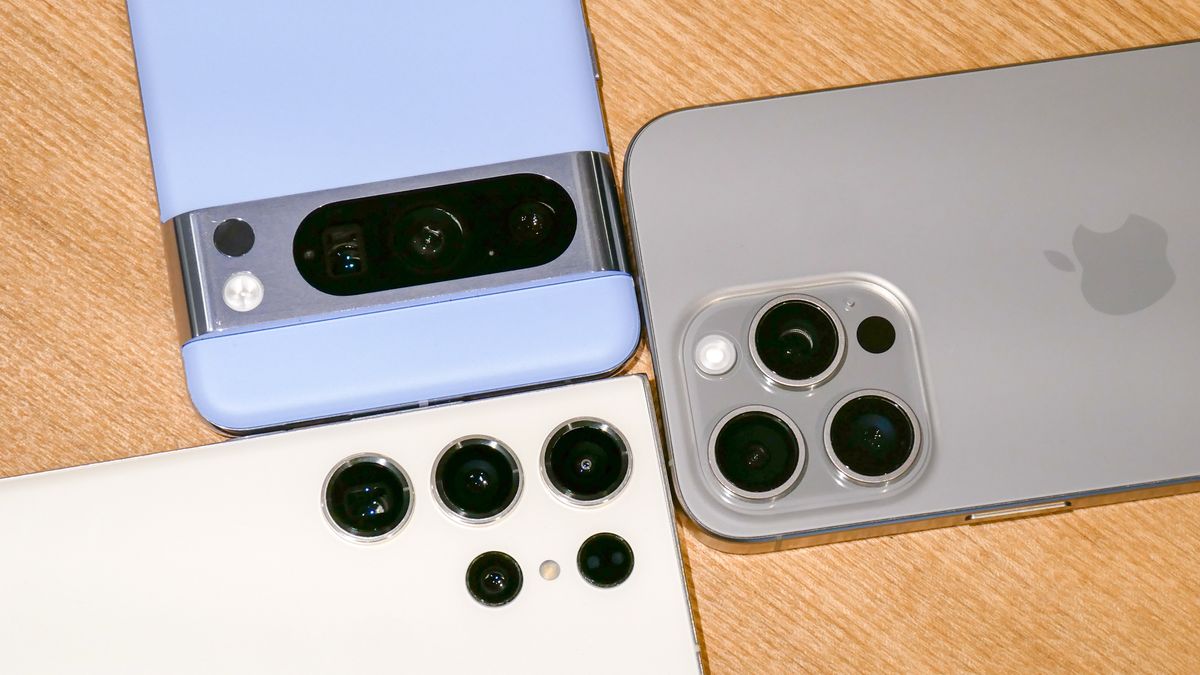
Even if you’ve owned a smartphone since grade school, a string of camera specs — 12MP, f/1.5, 52mm, 1.0 µm — might look like a foreign language to you. All of the best phones have impressive cameras, but their camera specs increasingly look more and more like gibberish.
Yet, those figures are important in understanding your phone camera’s capabilities. At the same time, some figures that phone makers toss in there are just fluff. A stat like a 20x digital zoom may look great on paper — wow, 20x is a big number — it really doesn’t do much for actual camera or image quality.
We want to help you track down the best camera phone for your needs by sifting through that fluff and getting down to brass tacks on what’s really important when it comes to your phone’s photographic capabilities. If you’re considering a new phone, here are the camera specs that matter the most.
Key camera specs: Image sensor size
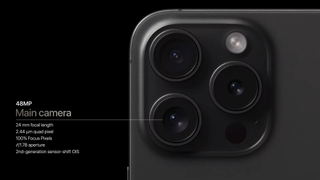
The size of an image sensor plays a much more important role in the quality of your camera than the amount of megapixels associated with a particular lens (which we were once told was the end-all, be-all of importance). Light — specifically, the amount your phone’s camera can capture — is key in producing great photos.
Let’s say you want to catch rain in a bucket outside. If you want to catch more rain, you want a bigger bucket. The same idea goes for your image sensor. Just consider the iPhone 15 Pro, which features a physically larger sensor than its predecessor.
Here’s the rub: phone makers will try to confuse you on the size of their image sensors. (What? A manufacturer trying to confuse you? They would never!) When you look for image sensor size, you’ll often see a mix of factions and decimals, which is just…gross. But it’s not as scary as it seems.
Let’s take two cameras — one camera phone has a 1/1.78” image sensor while the other has a 1/1.25” image sensor. Without getting math involved, it’s easy to quickly glance at those numbers and think, 1/1.78 is bigger, because, of course, the numbers are bigger.
But plug those numbers into your calculator, dividing 1 by 1.78. You’ll get 0.56 of an inch. Meanwhile, the 1/.25” image sensor equals 0.8 of an inch.
Having a bigger sensor makes room for bigger pixels, which is an excellent segway into…
Key camera specs: Pixel size

Micrometers are the unit used to measure pixel size. You’ll see a figure like 0.65 µm which stands for 0.65 micrometers, or 0.65-millionth of a meter. Again, here, bigger is better. The bigger the pixel size, the more light is used for the image, the better the picture quality. This is especially important for taking good pictures in low-light situations, because cameras with larger pixel sizes can take-in more ambient light to produce more detailed low-light photos.
Like we did above, let’s take two phone cameras, both with 48MP. But one has an image sensor with a pixel size of 0.5 µm while the other has 1.0 µm. When you think in terms of a single pixel, the difference is completely negligible. But when you double the size of every single pixel in 48 million pixels, you can see how that extra 0.5 µm per pixel turns into a huge difference.
Key camera specs: Aperture
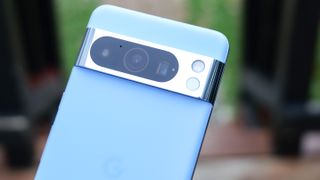
While we’re on the topic of light, when you see a figure in camera specs that resembles something like f/1.5, that refers to the aperture. Aperture is the opening in a camera’s lens which light passes through to enter the camera.
A low number, such as f/1.2 lets in more light than a big number such as f/2.5. For camera phones, we want to let in as much light as possible, so a smaller f-stop (what the “f” means in aperture) is desired. For example, the main camera on the Pixel 8 has a bigger aperture than the Pixel 7 — f/1.68 compared to f/1.85.
Quick recap: A bigger image sensor, bigger image pixels, and a wider aperture lets in more light. And the more light your camera can capture, the better photos.
Key camera specs: Megapixels
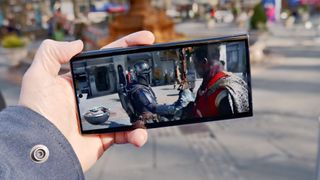
I could bore you with the details of what a megapixel is and the inner workings inside your phone, but the TL;DR version is, if you use your camera to take photos to share with your friends and family, and you don’t ever plan to edit or make large prints of those photos, you probably don’t need to worry about megapixels.
Camera manufacturers will sell you bloated megapixel specs to flex their camera’s capabilities, but ultimately, it’s not that important. Focusing on megapixels alone is like buying a Ferrari made out of cardboard. Things like image sensor size, pixel size and aperture are all equally important, and combined with megapixels, make up your phone's ability to take a great picture.
And if you aren’t planning on blowing up your phones and making large, detailed prints, having a 200MP camera compared to, let’s say a 20MP camera, is like buying a real Ferrari, but it never leaves your garage because you work from home. Another piece of this is computation photography, which we’ll cover in a minute. Long story short, if your camera has at least a 12MP camera, that’s more than enough to take a great photo.
Key camera specs: Optical focus
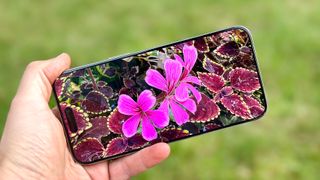
Ever wonder why phones started using more than one camera lens on the back? In many aspects, zoom is the reason.
In the first iterations of camera phones, the only way to zoom in on an object was through digital zoom. Digital zoom doesn’t actually zoom in on the object. Instead, it takes the image and crops it over and over, and expands it to digitally fit the frame. The results ended up distorted and pixelated zoomed-in images.
Optical zoom differs because it uses the lens and not the picture to zoom. That’s why there are different lenses on the back of the camera, to capture different focal lengths, which ultimately provides the ability for optical zoom.
At minimum, your camera phone should offer 2x optical zoom, but many of the latest phones, like the Google Pixel 8 Pro and iPhone 15 Pro Max provide up to 5x optical zoom. That allows you to zoom in on objects and still take amazingly clear photos.
Key camera specs: Computational photography

Computational photography does much of the heavy lifting in creating amazing photos on your phone. Computational photography goes by many different names such as HDR stacking, or AI. It even takes place in features such as portrait mode, or can take a blurry photo and unblur it. Essentially, what computational photography is referring to is internal software scripts, algorithms, and processes to automatically generate a desired final picture without you having to do the editing yourself.
There isn’t a real way to quantify this like the way you can definitely tell the difference between one aperture to another. But some phones rely more on these algorithms than others. Google and its line of Pixel phones are the first phones that come to mind when implementing heavy use of AI in their cameras.
The Google Pixel 8 Pro has taken computational photography to a new level. Some of the features include fixing group shots where someone is looking the wrong way or blinking and correcting it with AI. When it comes to video, and more specifically audio captured in a video, the Pixel 8’s Magic Audio Eraser can scrub out unwanted noise and highlight the audio you want to hear. With these computational algorithms doing its thing inside of your phone, you can take amazing pictures over and over with a touch of a couple buttons.
Key camera specs:4K video at 60FPS
Leaving the picture realm for a moment, let’s talk about video. The standard is 4K at 60 frames per second (fps). Exactly like megapixels above, the 4K is the resolution. Here, again, bigger is better.
That said, like megapixels, it also depends on how you’re using the video you capture. Do you plan on blowing it up and watching the video on a large 70-inch screen? If not and you’re watching video on a phone or tablet, you likely won’t notice the difference in quality between 8K video and 4K video.
With frames per second, the bigger the number (more frames per second) the smoother your video will be. Though this can be a matter of personal preference. Videos filmed at, let’s say, 8K at 120fps are going to be a much larger file size than one filmed at 4K at 30fps. And some people don’t like the way an ultra smooth video looks (I personally leave my settings on 30fps compared to even 60fps), but your camera phone should at least be able to achieve 4K at 60fps. And if it can do better than that, and you prefer smoother video, that’s great too.
Final thoughts
Hopefully this guide helps you navigate through the spaghetti of camera specs and identify what is actually important. The great thing is, if you choose a flagship phone, you’re pretty much guaranteed an amazing camera. In most cases, it’ll come down to whether you’re team Apple, Samsung or Google. But if you’re device agnostic, you now have the tools to pick out the best camera phone for you.
More from Tom's Guide
Sign up to get the BEST of Tom's Guide direct to your inbox.
Get instant access to breaking news, the hottest reviews, great deals and helpful tips.
Jonathan Knoder is a freelance writer and covers a variety of topics from tech to lifestyle, but he has a special affinity for audio gear and smart home tech. He is based in Ogden, Utah and his writing has been featured in Top Ten Reviews, Tom's Guide, SPY.com, Security Sales and Integration, and Salt City Hoops. Jonathan graduated from Weber State University with a degree in digital media. Outside of work, Jonathan is usually playing guitar and drums, at the park with his dog, or slicing it into someone's house at his local golf course.


